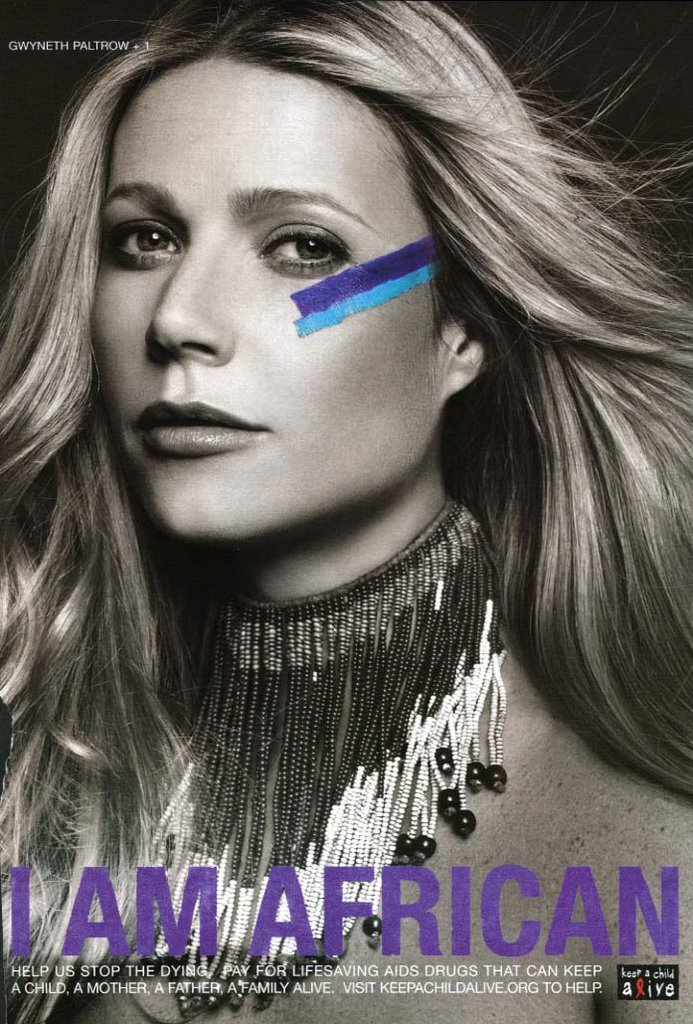This week on i-Muse we feature a painting and a poem by an upcoming artist, Mode Aderinokun. Please check out www.modechronicles.blogspot.com for more of her work.
Loyal as Dog
I am the dog
Who wakes you up at seven
So you aren’t late for work
I am the dog
Who is saddened by your departure
Happy upon your arrival
I am the dog
Who lies with you
To warm you up on a cold night
I am that dog
You kick
When something bad has been done
I am that dog
You are repulsed by
Wishing you could get your money back from the pound
I am that dog
You don’t feed
Wondering why on earth I’m still alive
But I am the dog
Who wakes you up at seven
So you aren’t late for work
"The earliest I can remember writing is at the age of 7. However I had gained more experience in drawing, having started earlier. I would draw people but mainly cartoon characters, loved their big animated eyes and they were pretty much my world.
I hated reading as a kid, so I would write in order to read; when I questioned something I would also write about it. My words were the only words that could entertain me. I wrote primarily for myself. I still do. I've never been afraid to write because of a fear of peoples' perceptions. I feel you shouldn't write in order to be good per se; it is merely an arena to express one's self.
I stopped writing when I was around 13 because I felt it was a useless hobby. I still drew/painted though it was only during art class. I definitely wasn't one of the best but I enjoyed it and that was all that mattered. After graduating from Secondary School in England I studied 3D animation in San Francisco, California. While I was there, I started to write again. To people's amusement, the reason I begun writing again was because of a guy I was infatuated with in secondary school. At the time I had low self-esteem and believed the only way we could be together was through fiction. I wrote the story about him and I, got my friends and family to read it. The response was overwhelming and motivated me to take up writing again.
What inspired me to start painting again, having given it up at the age of 18, was the artwork I saw in High Fructose, Juxtapox and art history classes. Also, being in an artistic city gave exposure to amazing work - just walking down the street you would pass by a lot of art galleries and see jaw-dropping artwork.
I love the fact that I can paint and write especially because they allow me to express myself in two different ways. My writing style is darker and more emotional than my painting. With writing I challenge my ideals and philosophies of life whilst with painting I celebrate the beauty of life."
Mode Aderinokun
I hated reading as a kid, so I would write in order to read; when I questioned something I would also write about it. My words were the only words that could entertain me. I wrote primarily for myself. I still do. I've never been afraid to write because of a fear of peoples' perceptions. I feel you shouldn't write in order to be good per se; it is merely an arena to express one's self.
I stopped writing when I was around 13 because I felt it was a useless hobby. I still drew/painted though it was only during art class. I definitely wasn't one of the best but I enjoyed it and that was all that mattered. After graduating from Secondary School in England I studied 3D animation in San Francisco, California. While I was there, I started to write again. To people's amusement, the reason I begun writing again was because of a guy I was infatuated with in secondary school. At the time I had low self-esteem and believed the only way we could be together was through fiction. I wrote the story about him and I, got my friends and family to read it. The response was overwhelming and motivated me to take up writing again.
What inspired me to start painting again, having given it up at the age of 18, was the artwork I saw in High Fructose, Juxtapox and art history classes. Also, being in an artistic city gave exposure to amazing work - just walking down the street you would pass by a lot of art galleries and see jaw-dropping artwork.
I love the fact that I can paint and write especially because they allow me to express myself in two different ways. My writing style is darker and more emotional than my painting. With writing I challenge my ideals and philosophies of life whilst with painting I celebrate the beauty of life."
Mode Aderinokun









